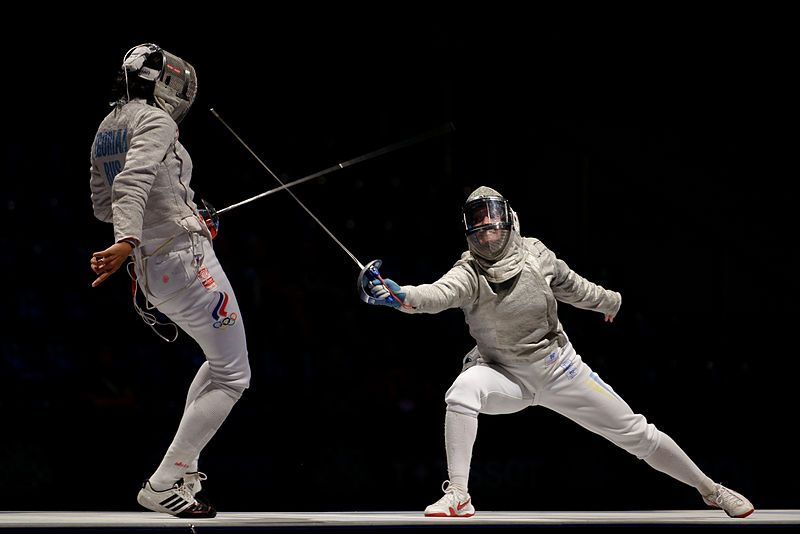 Olena Voronina of Ukraine (R) attacks Russia’s Yana Egorian (L) in the women’s team sabre final of the 2013 World Fencing Championships 2013 at Syma Hall in Budapest (12/08/13) Photo Credit: Marie-Lan Nguyen
Olena Voronina of Ukraine (R) attacks Russia’s Yana Egorian (L) in the women’s team sabre final of the 2013 World Fencing Championships 2013 at Syma Hall in Budapest (12/08/13) Photo Credit: Marie-Lan Nguyen
Summary
Fencing is a discipline with a long history. Today it is often referred to as Olympic Fencing, in order to distinguish it as a sports discipline from historical Fencing. It is one of the rare sports which have been practiced at every modern Olympic Games and is considered to be a prestigious discipline. The sport is divided into three different weapons – foil, épée and sabre. The object of the Fencing bout is to score 15 points in direct elimination play or five points in preliminary pool play. A point is given every time a fencer scores a touch in a bout consisting of three three-minute periods.
History / Origins
ETYMOLOGY
The word fence is dated back to 14th century and is considered to be shortening of the word defens (today’s defense). It bears the meaning of the “action of defending” and the spelling alternated between fence and fense in Middle English. The word defens came from Italian “defensio” which had Latin roots.
BEGINNINGS
Fencing sprang directly from duels and can thus be considered one of the oldest games in the world. It is known that Germanic tribes used combat with swords in order to settle different problems, apart from those concerning war. Later the idea of duel spread over the Christian World and the practice became highly popular during the Middle Ages and was considered an inseparable part of chivalry. It did, though, go through some tough times as well, for example in 15th century Spain, where it was banned. As the time passed, Fencing became more and more important and eventually was taught at universities of North Italy, like those in Venice or Bologna. Italian masters established a stable tradition and as the art of Fencing progressed the weapons themselves became lighter. Various regions developed different swords and techniques. Different Fencing schools sprang up causing indifference toward the practice in 17th century.
Napoleonic wars eventually brought Fencing back to life, but the French school did not dominate for long, as the Italian schools gained more and more practitioners. Finally, a school that was called “Mixed” was created, combining best elements of both Italian and French techniques. Naples was the first center of Fencing in 1861, but other schools in Milan, Rome and other cities soon followed. It was not until the early 1900s that Fencing became popular in United States. Italian Masters brought it to North and South America at that time and the sport gained huge popularity on the other side of Atlantic.(1) The first modern Olympic Games were held in 1896 and featured men’s foil and saber Fencing events.
PRESENT DAY
Today, three schools of Fencing differ just slightly. The Italian school is popular in Italy, Austria, South America and Germany. On the other hand, French tradition is respected in France, England and U.S. And finally, Spanish school is dominant in Spain and Portugal.
The main governing body in the field of Fencing is the FIE or Fédération Internationale d'Escrime which is situated in Lausanne. It includes 145 national federations which are the sole representatives of Olympic-style Fencing in their countries. FIE also regulates current rules which apply to all Fencing events. Fencing has become a popular sport and numerous events take place every year. After the Olympic Games, the World Championships in Fencing is the most important international competition in the Fencing field.(2)
FOLKLORE
The word Fencing comes from the word “defens”. The first use of this word in reference to swordsmanship is in Shakespeare’s Merry Wives of Windsor: “Alas sir, I cannot fence”.
The tip of the Fencing weapon is thought to be the second fastest moving object in sport after the marksman’s bullet!(3) The Fencing suits are white for a good reason – before, touching of the opponent was recorded with a piece of cotton at the tip of the weapon dipped in ink.(4)

| COUNTRY OF ORIGIN: | Unknown |
| TIME OF ORIGIN: | Widely debated |
| PRACTISED: | Approx. 624 years |
| FOUNDERS: | – |
| FOCUS: | |
| ALSO KNOWN AS: | Olympic Fencing, Competitive Fencing |
| PARENTHOOD: | – |
| DESCENDANTS: | – |
| OLYMPIC SPORT: | Yes |
NOTABLE FEMALE PRATITIONERS
–
NOTABLE MALE PRATITIONERS
–

| NATIONALITY: | |
| DATE OF BIRTH: | |
| AGE: | Approx. 624 years |
| BORN: | – |
| RESIDENCE: | - |
| ALSO KNOWN AS: | Olympic Fencing, Competitive Fencing |
| OCCUPATION: | |
| JOB TITLE: | – |
RELATED FEMALE INDIVIDUALS
–
RELATED MALE INDIVIDUALS
–

| COUNTRY: | Unknown |
| LOCATION: | - |
| FOUNDED: | Widely debated |
| OPERATIONAL: | Approx. 624 years |
| FOUNDERS: | – |
| ALSO KNOWN AS: | Olympic Fencing, Competitive Fencing |
| SECTOR: | |
| DESCRIPTION: | – |
| WEBSITE: | - |
ACOSSIATED INDIVIDUALS
–
ACOSSIATED ATHLETES
–
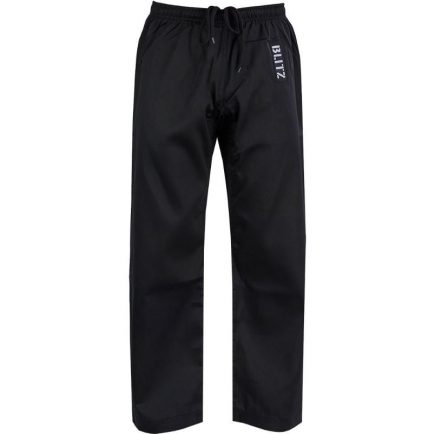
Student Trousers
Designed for Martial Arts, the Student Martial Arts Trousers are made from a luxuriously soft and non-abrasive material.
£10.99
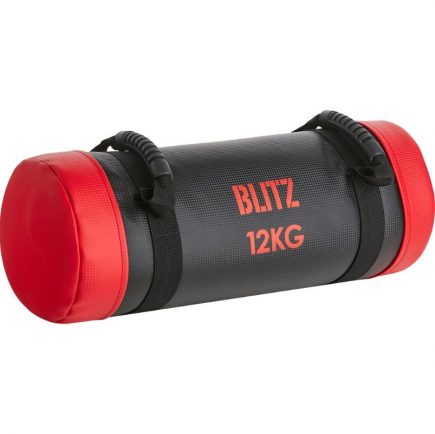
Power Lifting Bag
Increase the intensity of your workout and choose the ideal level of weighted resistance to suit your training plan. 52cm long x 21cm diameter.
£55.99
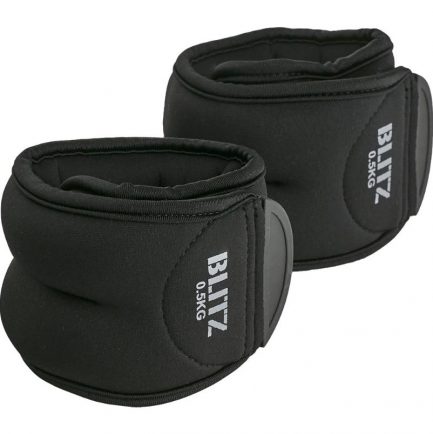
Blitz Ankle Weights
Designed to add extra weight to your workout, the Blitz Ankle Weights enhance bodyweight movements, to tone and strengthen.
From £25.99
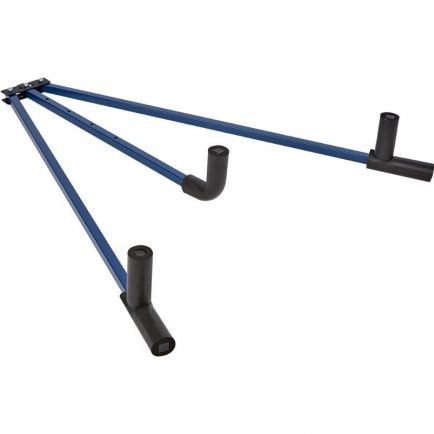
3 Bar Leg Stretcher
Ideal for any athlete who needs maximum leg flexibility, such as yoga practitioners or disciplines involving kicking.
£31.99
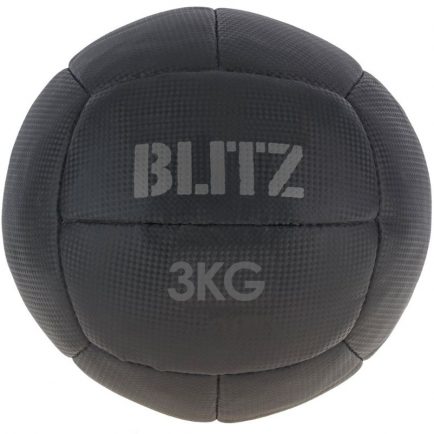
Carbon Medicine Ball
The Blitz Carbon Medicine ball is designed for multiple exercises that effectively train and strengthen all your muscle groups.
From £23.99
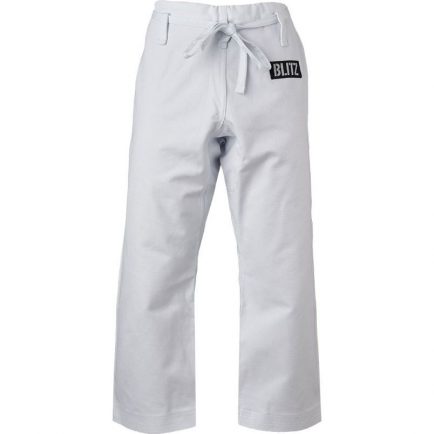
Middleweight Trousers
A woven Blitz label is featured on the top of the left leg. Traditional tie waist for a precise fit and maximum comfort. 100% cotton. 12oz.
£19.99
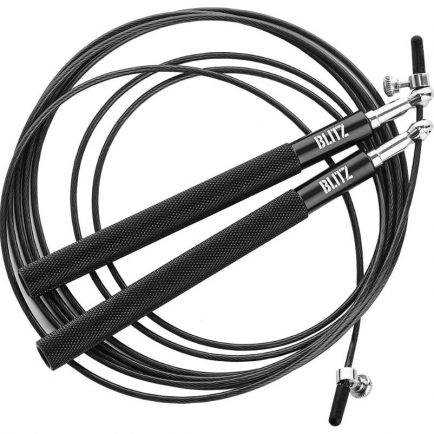
Training Skipping Rope
Improve your power, speed and endurance with the Blitz Training Skipping Rope. Ideal for Boxing, MMA and any exercise regime.
£12.99
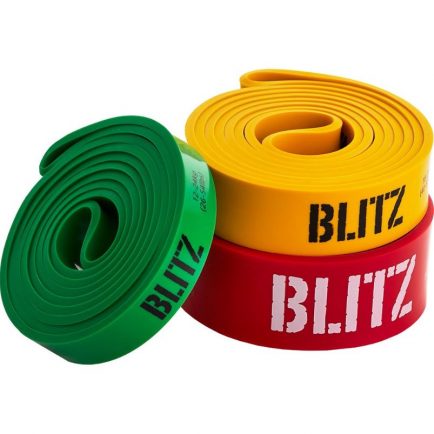
Rubber Resistance Band
Multi-purpose resistance bands ideal for pull-ups, push-ups, powerlifting, CrossFit, boxing, bench press and even, gymnastics.
From £12.99
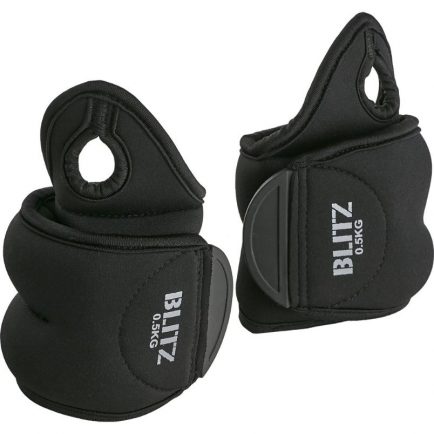
Blitz Wrist Weights
Whether it is walking, running, punching or jumping, these wrist weights provide additional resistance to your daily workout.
From £25.99
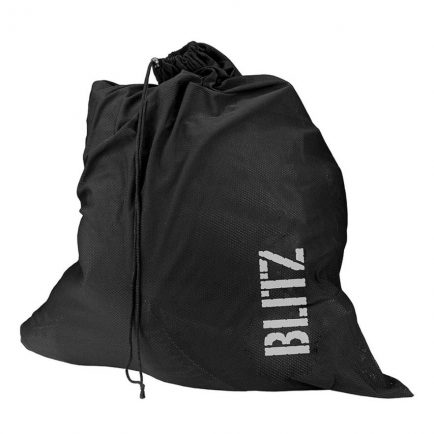
Mesh Drawstring Bag
Ideal for keeping sports equipment together. Top opening is secured with a draw string closure. Made from nylon mesh.
£7.99
Practices
PHILOSOPHY
The main philosophical principle in Fencing says that the Fencers should be generous in defeat and humble in victory. Seeking faults in the opponent is wrong – one should always concentrate on improving his own skills and tactics. Also, one should never take anyone for granted – all sword Fencers should be studied carefully, as one never knows who will he Fence or what can he learn from them. And finally, how good one may be at Fencing, there will always be someone even better. Therefore, one should never take his own skills for granted nor underestimate the opponent.(5)
TECHNIQUES
This section needs collaborators. If you want to contribute, please email info@awakeningfighters.com
TRAINING
This section needs collaborators. If you want to contribute, please email info@awakeningfighters.com
RANKS & GRADING
This section needs collaborators. If you want to contribute, please email info@awakeningfighters.com
WEIGHT CLASSES
This section needs collaborators. If you want to contribute, please email info@awakeningfighters.com
Rules / Rulesets
RULES / RULESETS
The first point to consider is the right equipment – all Fencers must wear a face mask, a Fencing jacket, a pair of Fencing pants and a Fencing glove. These are always checked by the officials in sports events. Weapons used must also be approved at all times. Fencing uses a simple scoring system which awards a point for every touch a Fencer makes. The game of Fencing is called a “bout” and it can last five touches with a time limit of three minutes or 15 touches with a time limit of nine minutes. The Fencer must touch the opponent in the approved target zones which depend on the weapon. The playing area is 46 feet long and about 5 to 7 feet wide. It has a center line, two on-guard lines and two lines marking the rear limits.
Organisations & Historical Places
ORGANISATIONS
(If you are interested in having your organisation listed, please contact us at info@awakeningfighters.com)
HISTORICAL PLACES
This section needs collaborators. If you want to contribute, please email info@awakeningfighters.com
Popular Culture
POPULAR CULTURE
Popular culture often refers to Fencing in various areas ranging from linguistics to entertainment. For example, the word touché, which is nowadays used to refer to a strong argumentative point, is used in Fencing to acknowledge one hit. Furthermore, forte, used to describe a strong point of a person, also comes from Fencing, signifying the thickest part of the blade. Blockbusters also often feature Fencing scenes. For example, a famous James Bond movie, Die Another Day, prominently displays Fencing, as well as the movie Sunshine.
Useful Links
USEFUL LINKS
Links coming soon
References
REFERENCES
- http://www.hcs.harvard.edu/~fencing/oldweb/history/fencinghistory
- http://www.fie.org/en/events/world-chamionships-0-38
- http://www.almdiv.org/Operations/newfencer/FunFacts.htm
- http://www.10-facts-about.com/Fencing/id/73
- http://www.edwardgrabowski.com/lfc/philosophy.htm
COLLABORATORS
No Collaborators found





